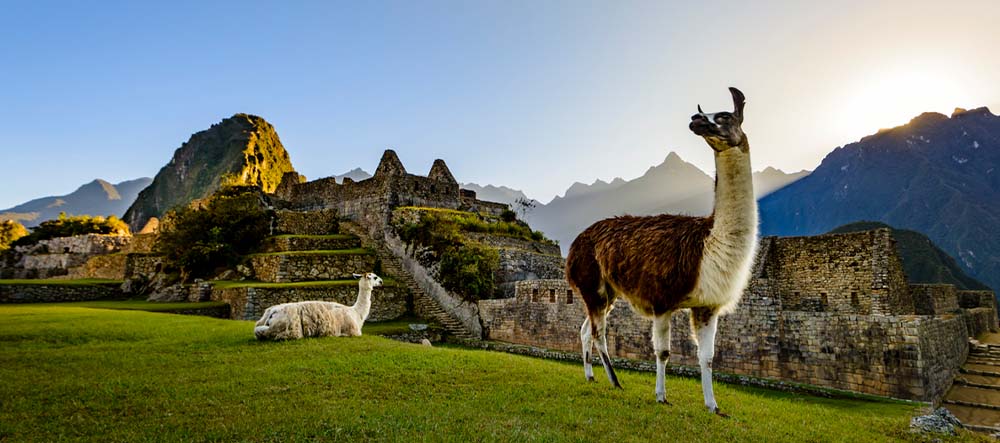
I decided to join the International Medical Relief mission to Peru. Once I chose the destination for my first medical mission, I wanted to learn as much as possible about the culture. Here is what I’ve learned so far. Peru is a land of incredible diversity, where ancient traditions blend seamlessly with modern influences. From the majestic Andes mountains to the lush Amazon rainforest, Peru’s cultural heritage is as varied as its landscapes. In this blog post, we’ll discuss the rich and vibrant culture of Peru, exploring its history, traditions, cuisine, festivals, and more.
A Glimpse into Peru’s History
Peru’s history is deeply rooted in ancient civilizations, most notably the Inca Empire, which flourished before the arrival of the Spanish in the 16th century. The Inca left a lasting legacy, with magnificent archaeological sites like Machu Picchu and the Sacred Valley. Peru’s history also includes influences from pre-Inca cultures such as the Moche and Nazca, as well as the impact of Spanish colonization, which introduced new cultural elements and traditions.
Traditional Peruvian Music and Dance
Music and dance are integral to Peruvian culture, reflecting the country’s diverse heritage. Traditional music features instruments like the pan flute, charango, and cajón, often accompanied by vibrant dances. Some of the most popular traditional dances include:
- Marinera: Known as the national dance of Peru, the Marinera is a romantic and elegant dance that symbolizes courtship. It features graceful movements and intricate footwork.
- Huayno: Originating in the Andean region, the Huayno is a lively dance that combines indigenous and Spanish influences. It’s often performed during festivals and celebrations.
- Festejo: This Afro-Peruvian dance is characterized by its energetic rhythms and joyful movements. It’s a celebration of African heritage and plays a significant role in Peruvian coastal culture.
Peruvian Cuisine: A Culinary Journey
Peruvian cuisine is renowned for its rich flavors and diverse ingredients. The country’s unique geography provides access to a wide variety of fresh produce, seafood, and spices. Some must-try dishes include:
- Ceviche: A refreshing dish made with fresh fish marinated in lime juice, onions, and cilantro. It’s often served with sweet potatoes and corn.
- Lomo Saltado: A delicious stir-fry of beef, tomatoes, onions, and peppers, typically served with rice and fries. This dish reflects the fusion of Peruvian and Chinese culinary traditions.
- Aji de Gallina: A creamy chicken stew made with aji amarillo peppers, garlic, and cheese, served over rice and garnished with olives and boiled eggs.
- Pisco Sour: Peru’s national cocktail, made with pisco (a type of brandy), lime juice, simple syrup, egg white, and a dash of bitters.
Festivals and Celebrations
Peru is home to a myriad of festivals and celebrations, many of which have religious or historical significance. These events are vibrant displays of music, dance, and colorful costumes. These festivals won’t be offered during my time of travel but it’s still fun to learn about the traditions. Some notable festivals include:
- Inti Raymi: Celebrated in Cusco, Inti Raymi, or the Festival of the Sun, is an ancient Inca festival honoring the sun god Inti. The celebration includes elaborate reenactments of Inca rituals and traditional dances.
- Carnival: Held throughout the country, Carnival is marked by parades, music, dancing, and water fights. Each region has its unique way of celebrating, making it a diverse and lively event.
- Semana Santa: Holy Week, or Semana Santa, is a significant religious celebration in Peru. Cities like Ayacucho are famous for their elaborate processions, reenactments of the Passion of Christ, and traditional music.
Art and Handicrafts
Peruvian art and handicrafts are a reflection of the country’s rich cultural heritage. From intricate textiles to beautiful pottery, Peruvian artisans create works that are both functional and decorative. I’ll be leaving room in my luggage to bring home some local goods. Some popular crafts include:
- Textiles: Traditional textiles are woven using techniques passed down through generations. They often feature vibrant colors and intricate patterns that represent local customs and beliefs.
- Pottery: Peruvian pottery is known for its diverse styles and techniques, ranging from the utilitarian to the highly decorative. The Nazca and Moche civilizations are particularly noted for their ceramic artistry.
- Jewelry: Peruvian jewelry often incorporates materials like silver, gold, and semi-precious stones. The designs are influenced by both pre-Columbian and colonial styles.
Conclusion
Exploring the culture of Peru is a journey through time and tradition. From the ancient Inca ruins to the vibrant festivals and delicious cuisine, Peru offers a rich tapestry of experiences that captivate the heart and soul. I am excited to visit this incredible country and learn more about its unique and enchanting culture.
